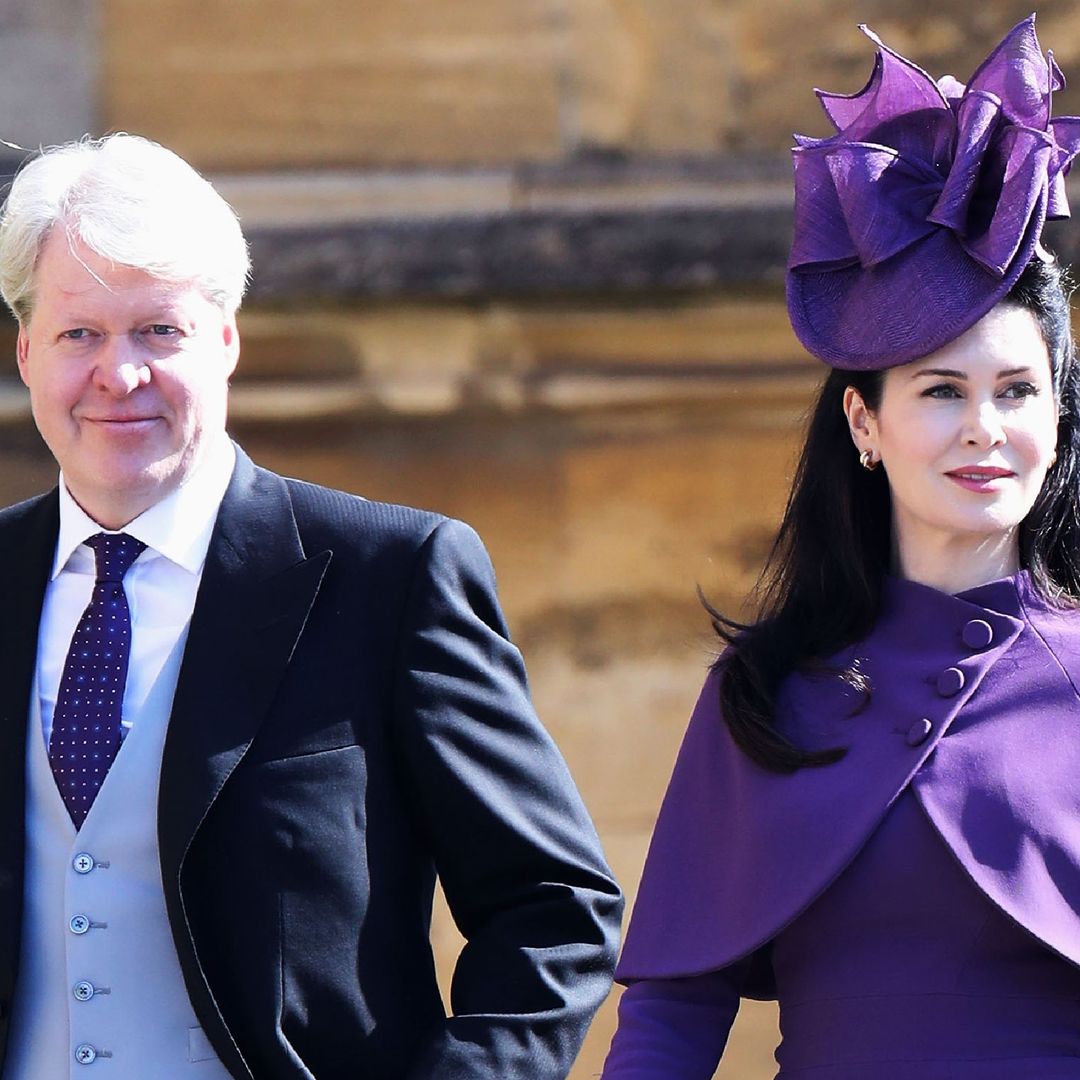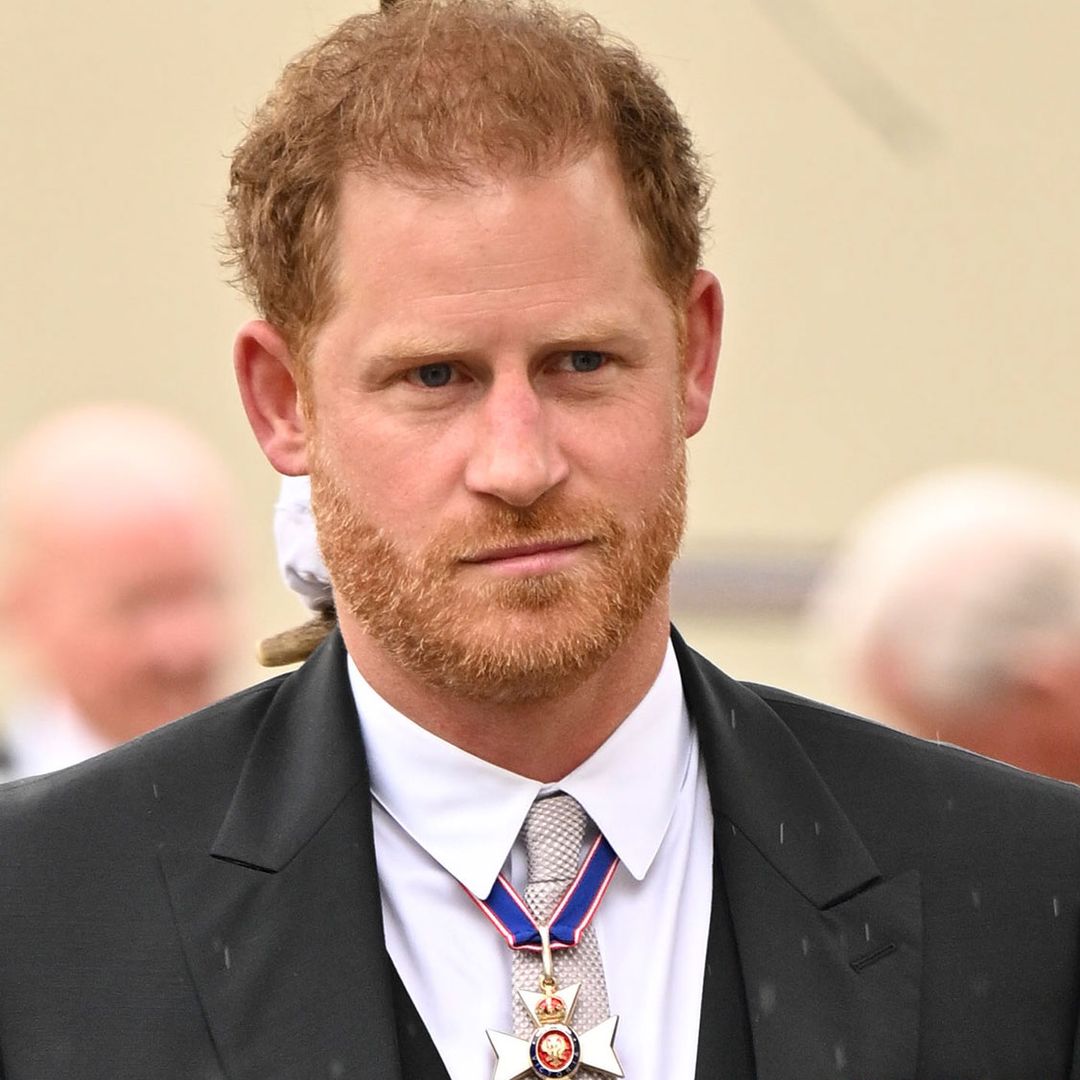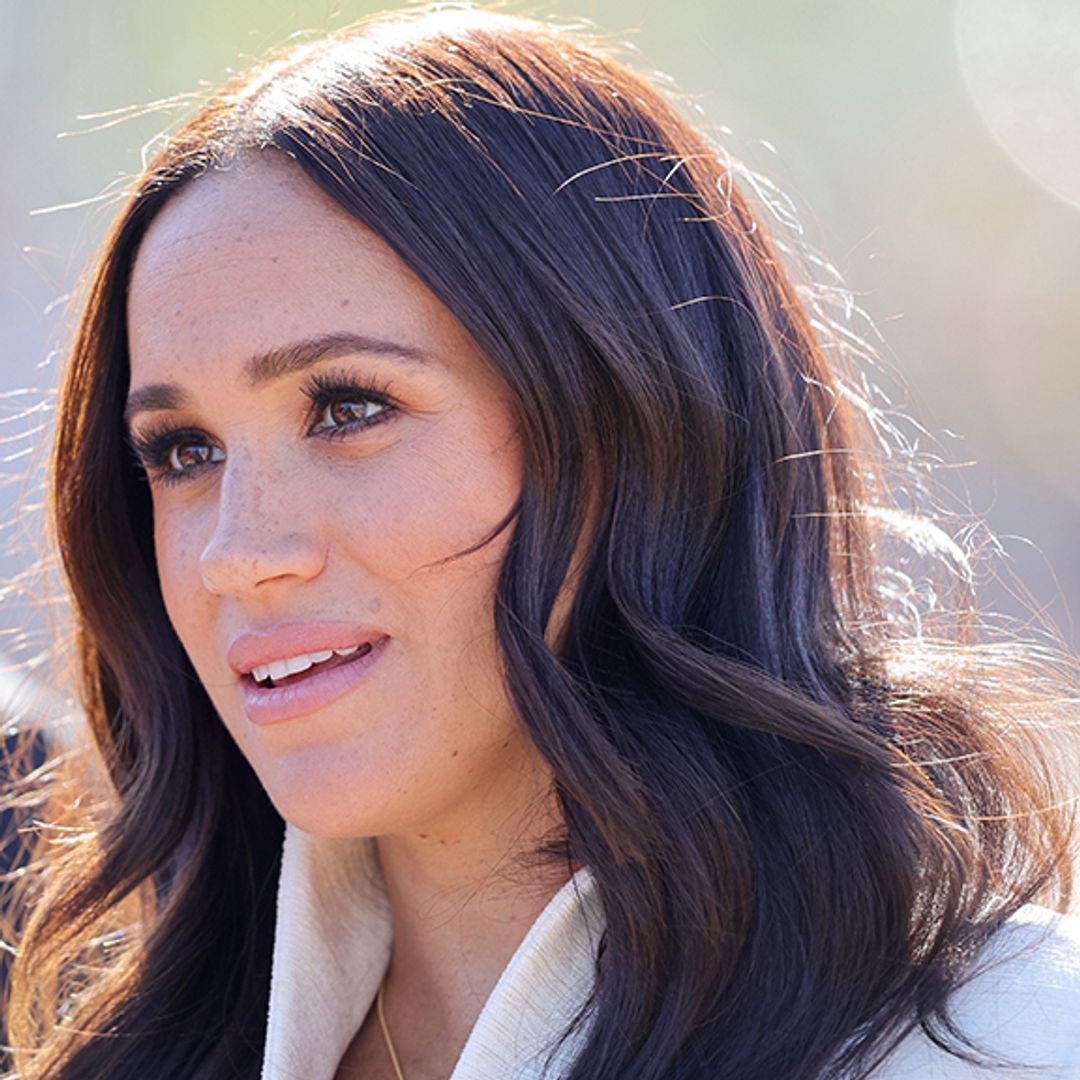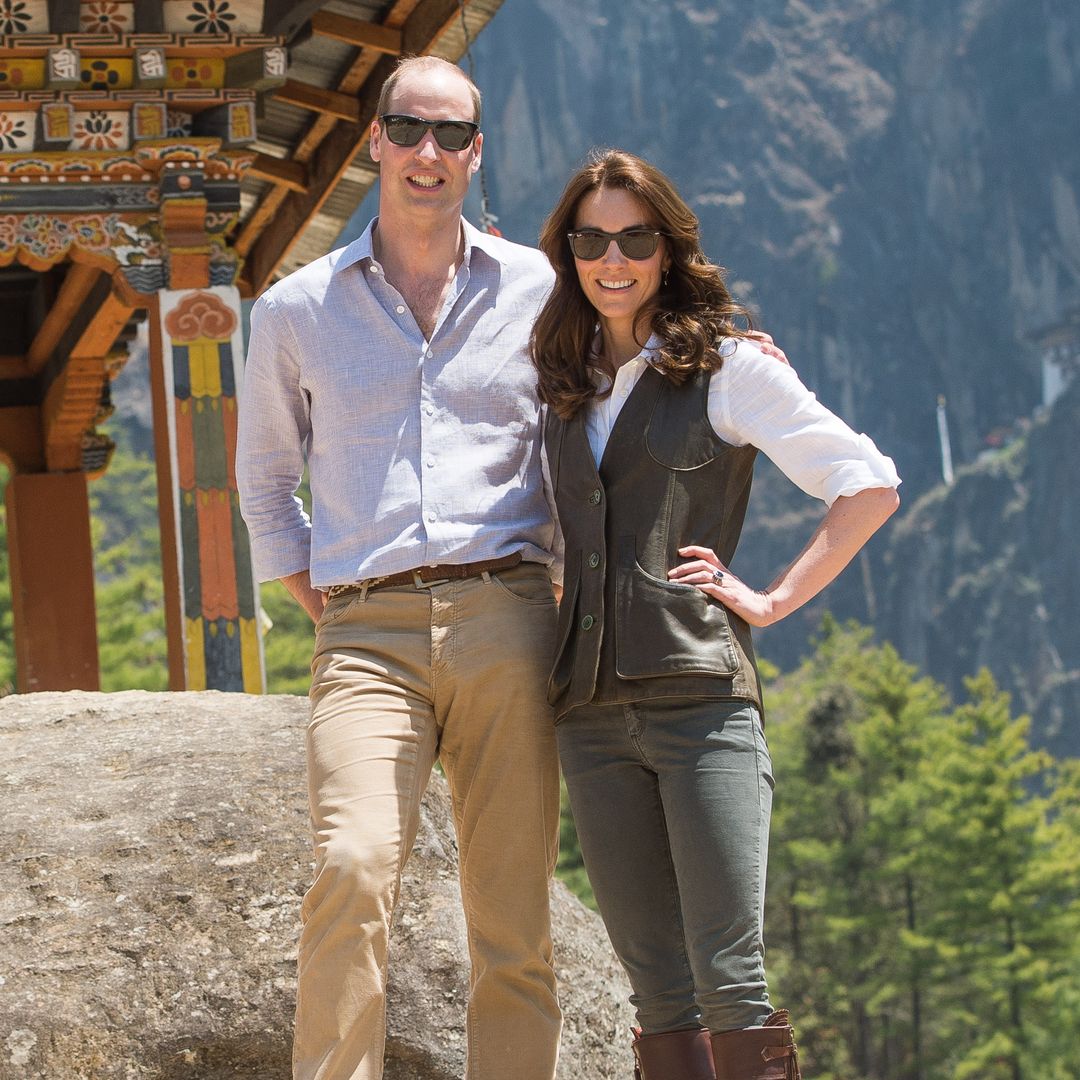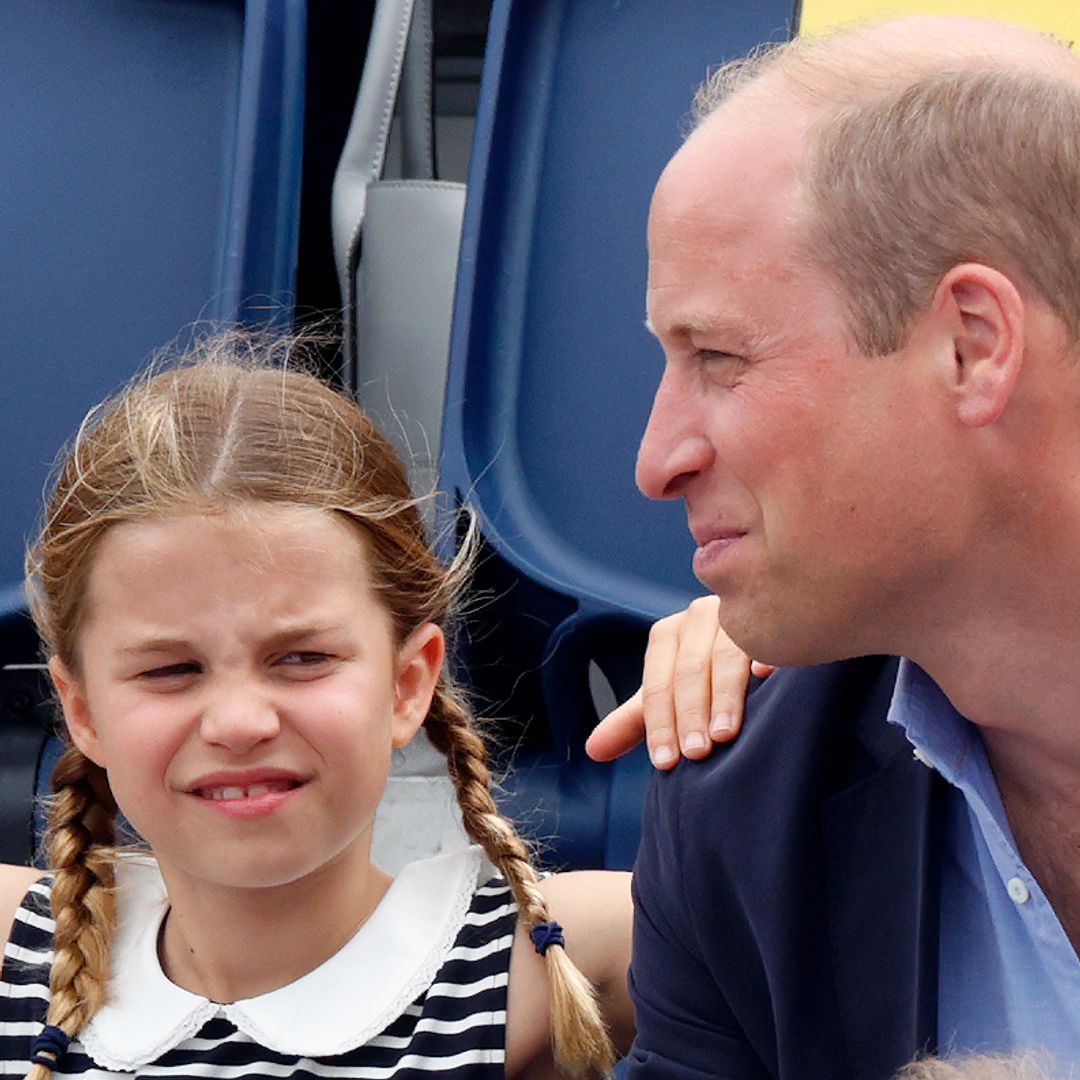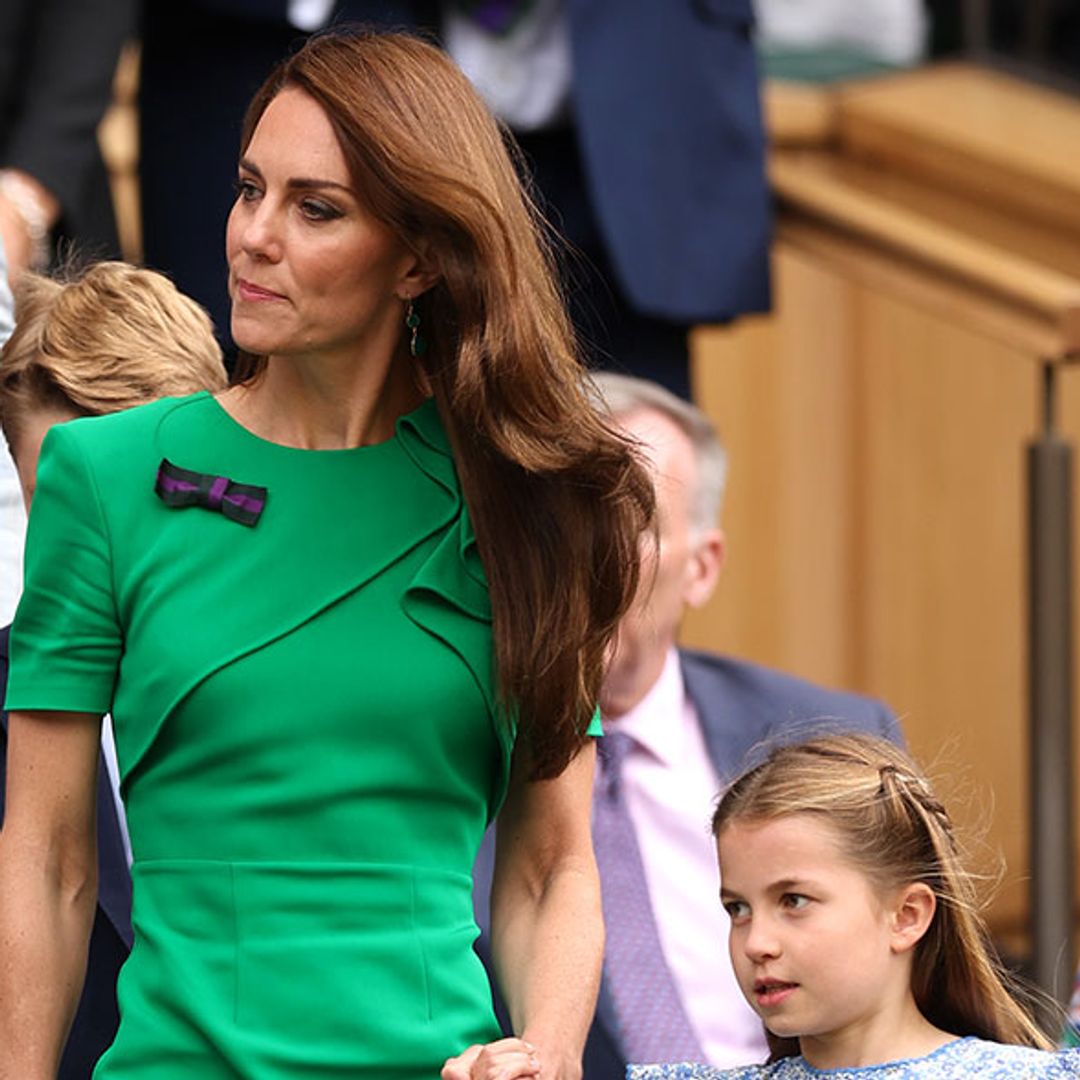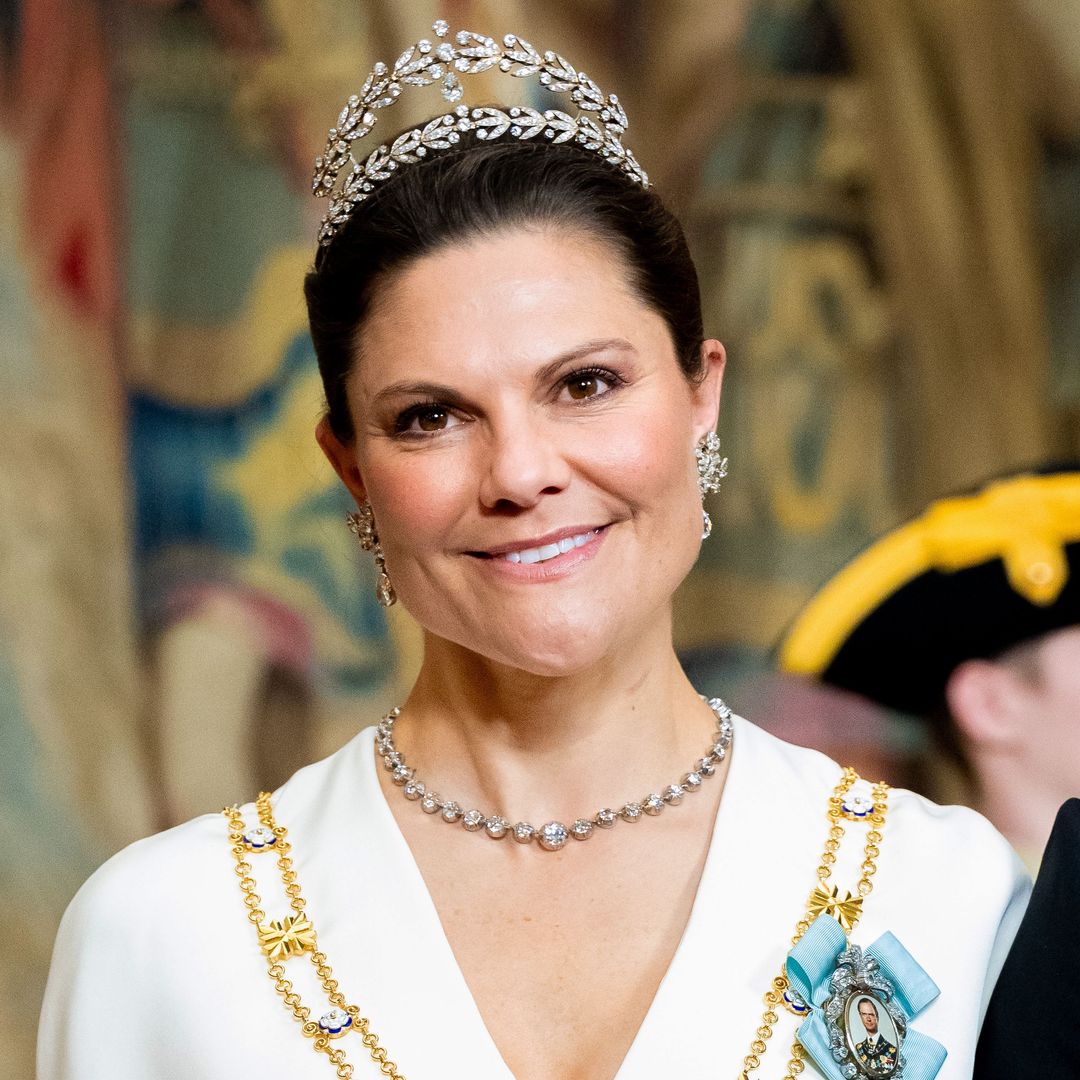Denmark's royal house is Europe's oldest, stretching back to 899 when the marvellously named Gorm the Old (other idiosyncratically titled rulers have included Erik the Lame, Sweyn Forkbeard and Valdemar the Victorious) took the throne. The current incumbent, Queen Margrethe II, is the latest in an unbroken line of descendants - 50 kings and two queens - to survive from Viking times to the present.
The Oldenburg branch of the dynasty came to power in 1448 when King Christoffer III died without issue. Parliament offered the throne to the Duke of Schleswig-Holstein, but he demurred, suggesting instead his nephew, Count Christian of Oldenburg, who became Christian I. This branch died out with the death of Frederik VII in 1863, but the Oldenburg title was retained as Frederik's successor, Christian IX, was a direct descendant of the same family.
Through the marriages and alliances of his offspring, Christian IX was to become known as the father-in-law of Europe. His son Vilhelm went on to rule Greece as George I, while many of his other children married into royal families, including those of Russia, France and Great Britain. In 1905, his grandson became King Haakon VII of Norway.
The current monarch, "Queen Daisy" as she is fondly dubbed by her subjects, with whom she is extremely popular, is the great-great-granddaughter of Christian IX.
The official royal website can be found at www.kongehuset.dk

